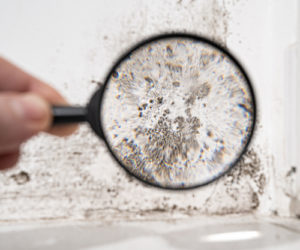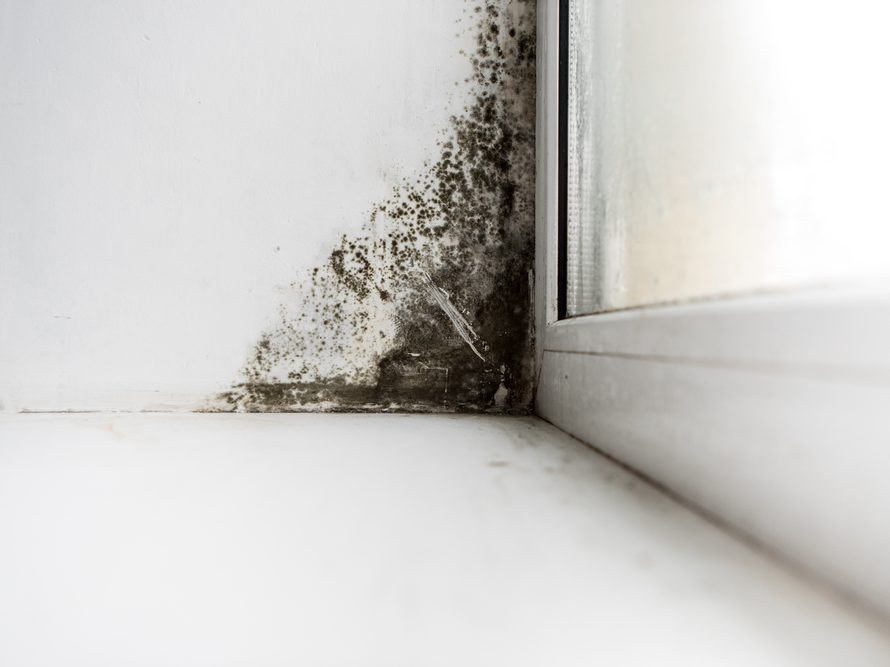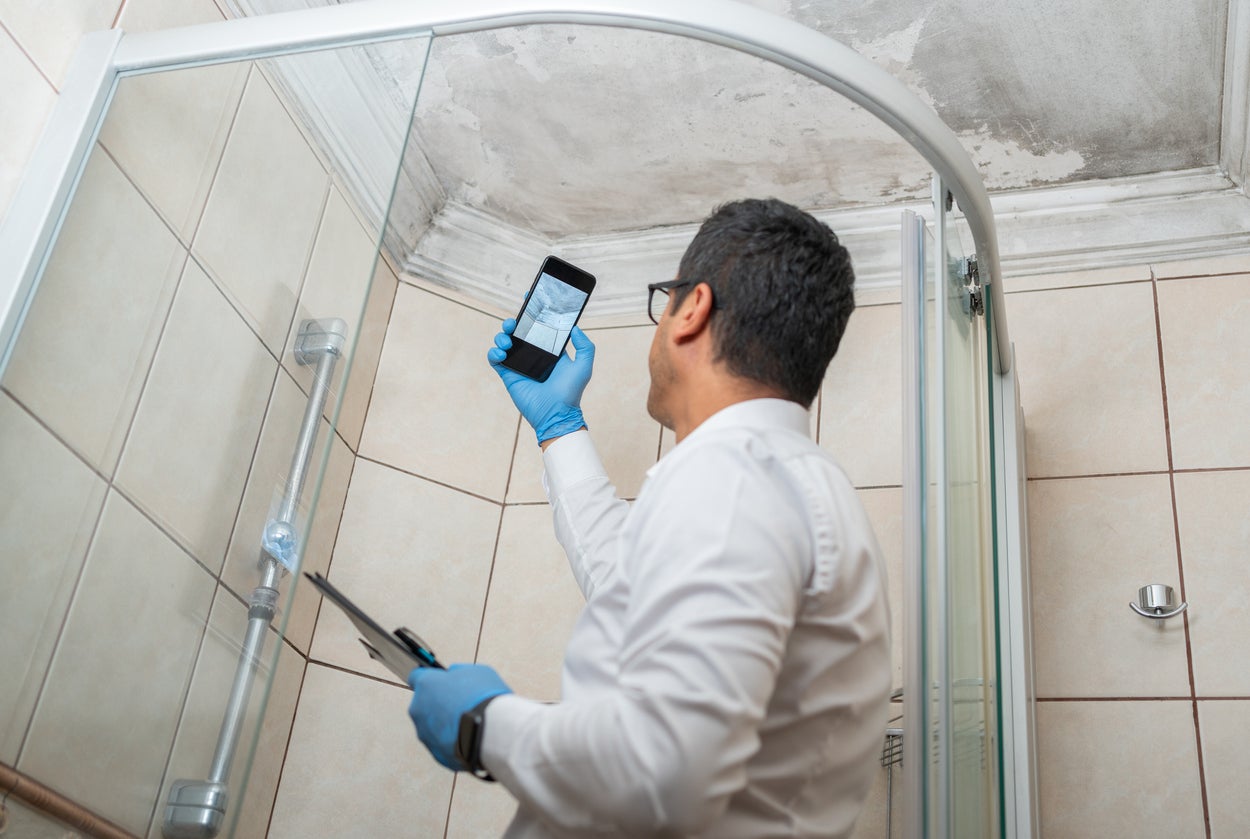Testing Air Quality After Mold Remediation
Testing Air Quality After Mold Remediation
Blog Article
Your Ultimate Guide to Post Mold And Mildew Remediation Techniques
Browsing the realm of post-mold removal techniques is a precise procedure that demands attention to information and a comprehensive understanding of the intricacies entailed. In the after-effects of mold and mildew invasion, recognizing just how to properly get rid of the mold and stop its reoccurrence is vital for maintaining a healthy interior setting. From picking the ideal cleaning and sanitizing techniques to applying techniques for lasting mold avoidance, each action in the removal journey plays a crucial role in guaranteeing a successful result. As we get started on this exploration of post-mold remediation techniques, we will discover the vital techniques and finest methods that can assist you recover your room to its pre-mold condition and protect it versus future mold and mildew dangers.
Comprehending Post-Mold Removal Process
After finishing the mold remediation process, it is vital to recognize the post-mold remediation techniques that are required to ensure a reliable and thorough cleanup. As soon as the mold has actually been removed, the following action includes cleansing and disinfecting the impacted areas to prevent any type of regrowth of mold and mildew.
Furthermore, performing a final evaluation post-remediation is essential to make sure that all mold and mildew has actually been successfully gotten rid of. This inspection must include a comprehensive aesthetic check along with potentially air tasting to confirm the absence of mold spores airborne. If the examination exposes any lingering mold, added removal might be required. Finally, informing passengers on safety nets such as regulating wetness degrees and quickly dealing with any water leakages can help keep a mold-free atmosphere.
Effective Cleaning and Sanitizing Techniques

Protecting Against Future Mold And Mildew Growth

Significance of Appropriate Air Flow
Appropriate air flow plays a critical role in protecting against moisture build-up, a crucial consider mold and mildew development within interior environments. Effective air flow systems help get rid of excess moisture from the air, lowering the possibilities of mold spores discovering the moisture they require to spread and sprout. Without adequate ventilation, indoor rooms can become a breeding place for mold and mildew, bring about potential health risks and structural damages.
By ensuring proper air flow, ventilation systems can likewise help in drying wet locations more swiftly after water damages or flooding events, additionally discouraging mold and mildew growth. After mold remediation. In spaces like washrooms, attic rooms, cellars, and kitchen areas where dampness degrees often tend to be higher, mounting and keeping reliable ventilation systems is critical in protecting against mold and mildew problems

Monitoring and Maintenance Tips
Provided the important duty that appropriate air flow plays in stopping mold and mildew growth, it is vital to develop effective tracking and upkeep ideas to make sure the ongoing functionality of air flow systems. Surveillance moisture levels within the residential property is also critical, as high moisture can contribute to mold growth. By staying conscientious and aggressive to like this the condition of ventilation systems, property proprietors can effectively alleviate the danger of mold regrowth and maintain a healthy interior environment.
Conclusion
To conclude, post-mold remediation strategies are dig this crucial for making sure a tidy and secure setting. Understanding the procedure, carrying out effective cleansing and decontaminating methods, preventing future mold and mildew growth, preserving correct ventilation, and routine monitoring are all important action in the removal procedure. By adhering to these standards, you can effectively remove mold and prevent its return, functioning or promoting a healthy and balanced living area for all owners.
In the aftermath of mold infestation, understanding how to efficiently eradicate the mold and stop its reoccurrence is paramount for maintaining a healthy interior setting. When the mold and mildew has actually been gotten rid of, the following step includes cleaning and disinfecting the affected areas to stop any regrowth of mold - testing air quality after mold remediation. After getting rid of visible mold and mildew growth, it is critical to clean all surfaces in the damaged location to get rid of any type of staying mold and mildew spores. To additionally enhance mold prevention actions, visit here it is vital to deal with underlying issues that originally led to mold and mildew advancement.Provided the important duty that proper ventilation plays in preventing mold and mildew growth, it is critical to develop efficient surveillance and maintenance ideas to make certain the ongoing performance of ventilation systems
Report this page